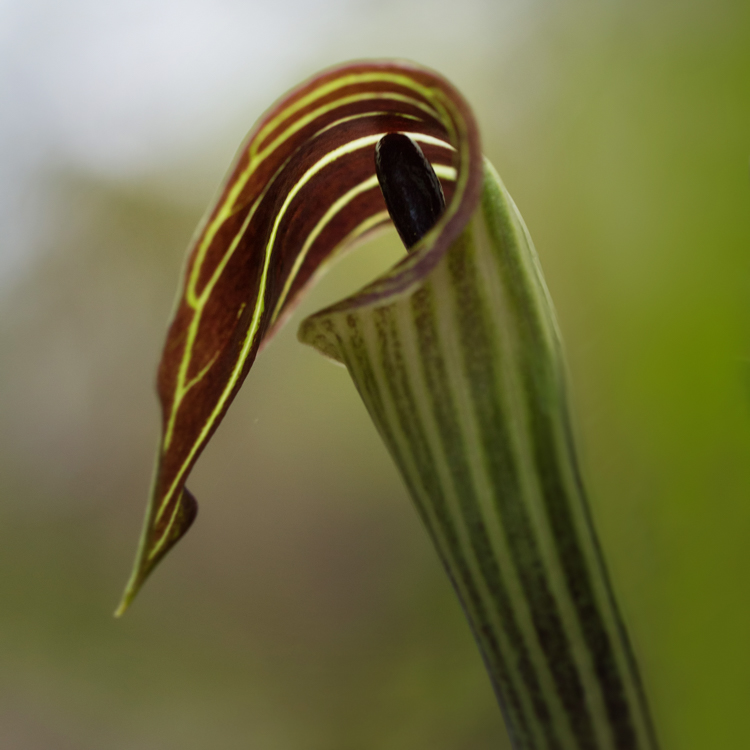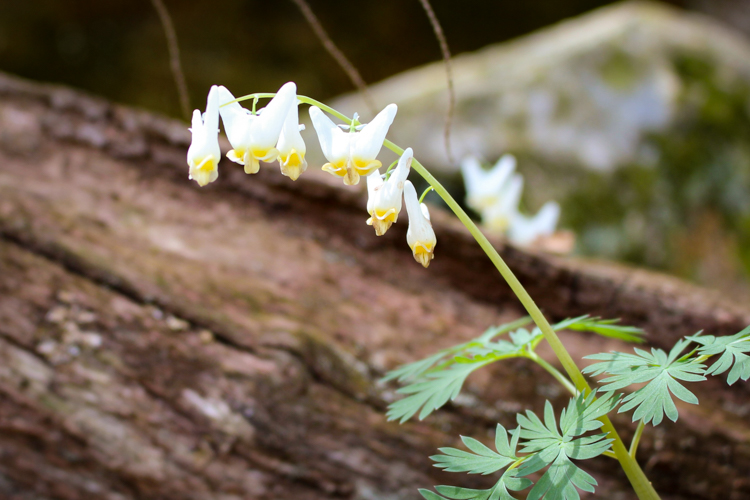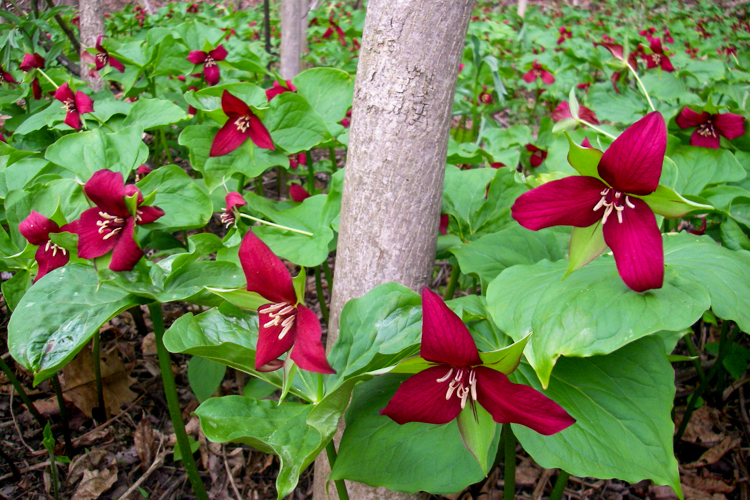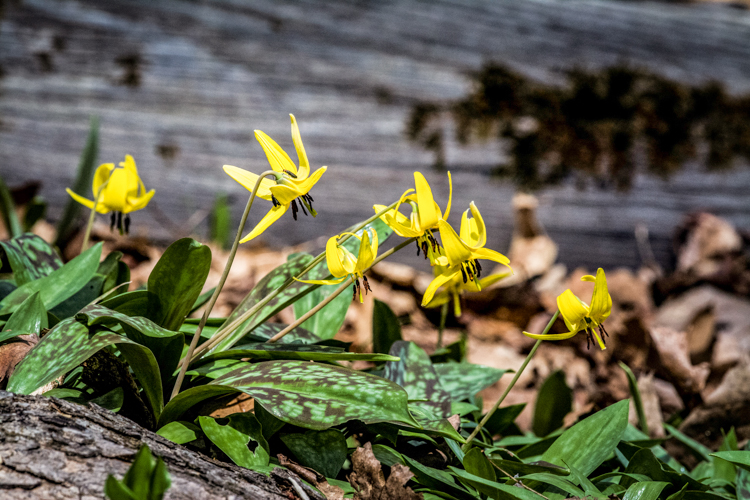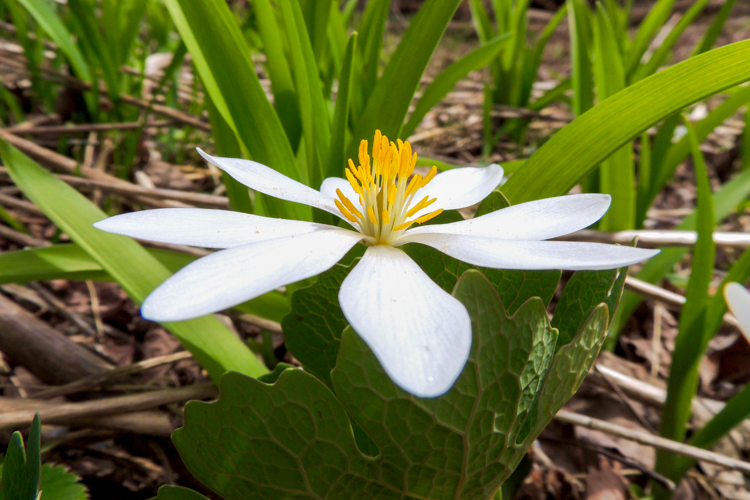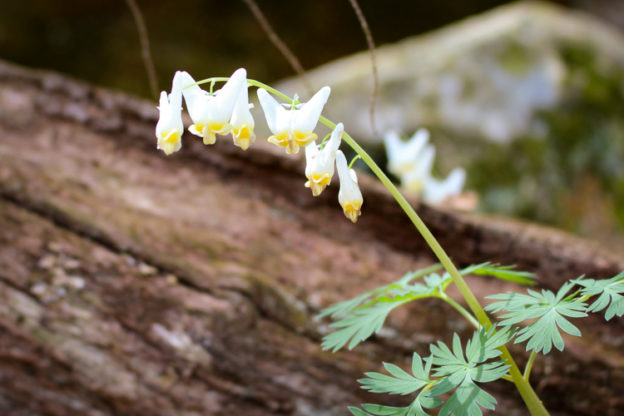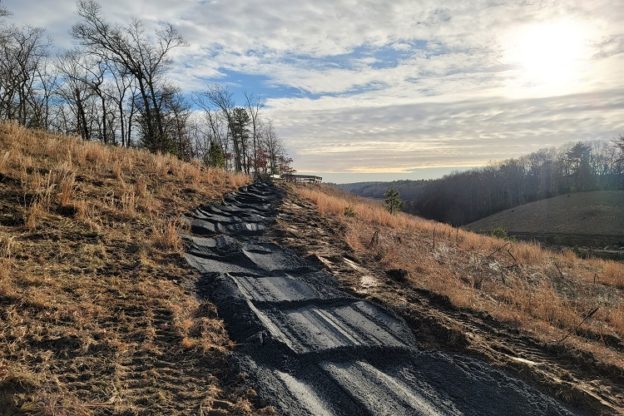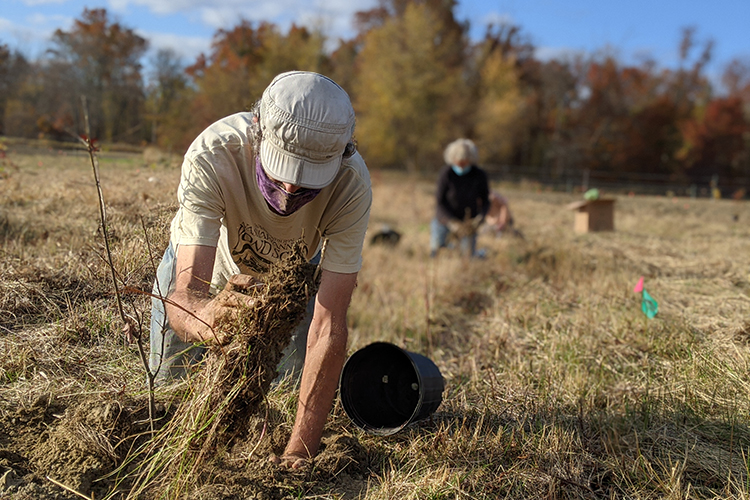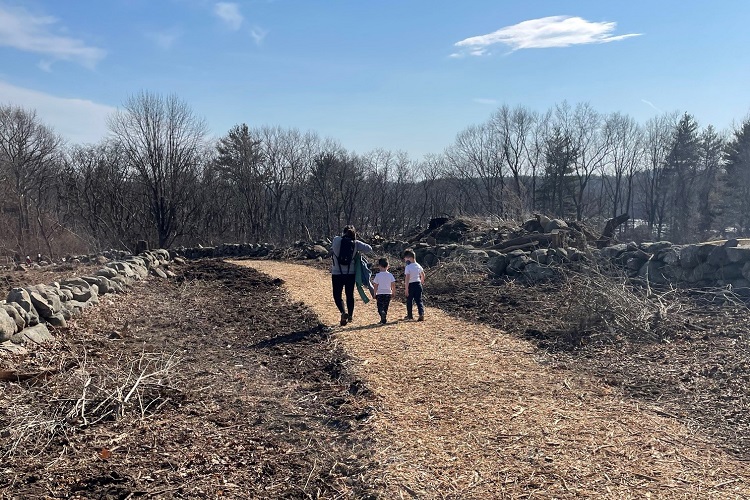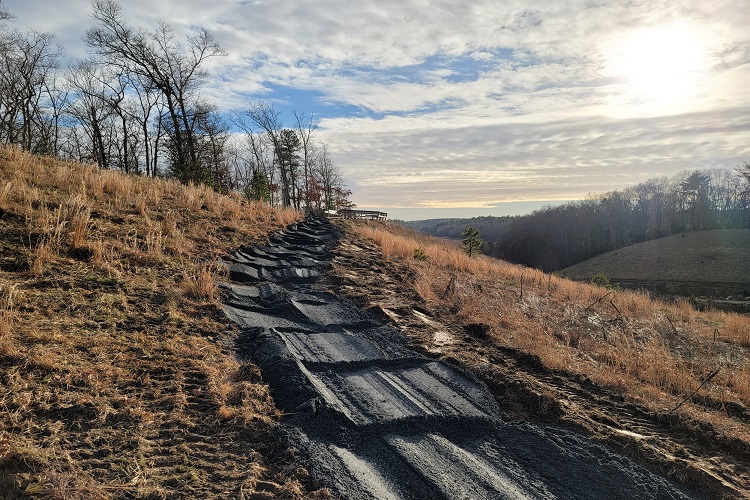April in many parts of Massachusetts can feel a bit like nature is holding its breath, so that on any given morning you might wake up to find the world outside transformed from gray to green (or, as last Friday proved, blanketed in white one more time). Never fear, spring wildflower season is upon us! These bright harbingers of spring burst forth from the long-dormant earth in a dazzling variety of colors, shapes, and arrangements.
There’s an advantage to blossoming early—plenty of sunshine to provide energy before the trees fully leaf out and obscure the sun’s rays. The majority of spring wildflowers need to bloom, be pollinated, and store enough food for the following year—all before the leaves on neighboring trees have fully appeared. Some of the earliest species (and those needing the most direct sunlight) are known as spring ephemerals. These are plants that, after flowering, virtually disappear in a few short weeks.
Timing Is Everything
While the exact timing can vary due to variations in elevation or temperature, including the warming temperatures caused by climate change, if you want to catch a glimpse of Dutchman’s breeches and trout lily, make sure you get out by the first week of May; even sooner if you’re looking for bloodroot, which in some regions is already setting seed by the end of April.
You’ll see the greatest diversity of spring wildflowers around the middle of May, including red trillium in deciduous forests and jack-in-the-pulpit in wetlands. You’ll find the bright-red, nodding flowers of wild columbine perched on rocky outcrops. Last to the party in late May are the orchids: pink lady’s slipper is more common than most people realize and grows beneath pines and oaks, but you have to be lucky to stumble across yellow lady’s slipper or showy orchid in pockets of rich woodlands.
Learn More
Read up about spring wildflower season on our website, grab a copy of the classic go-to Newcomb’s Wildflower Guide, or take an upcoming wildflowers program at a sanctuary near you. Please enjoy these five photos of spectacular native spring wildflowers from our annual Picture This: Your Great Outdoors photo contest.
And don’t forget to check out all the great Earth Month things going on at Mass Audubon—Earth Day is this Thursday, April 22!
